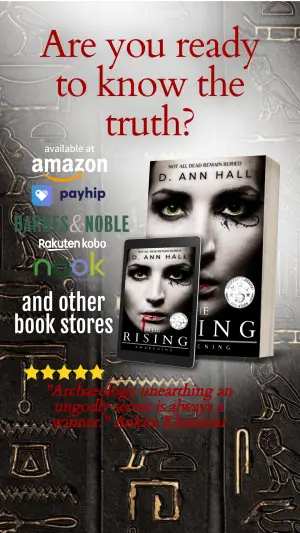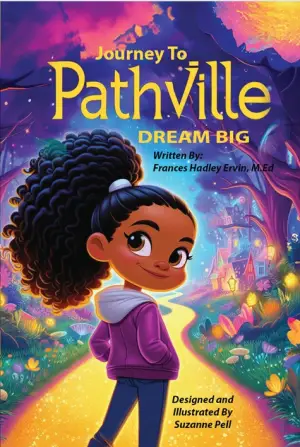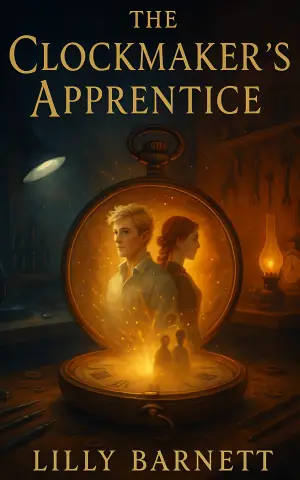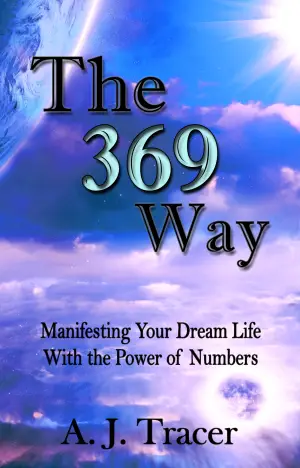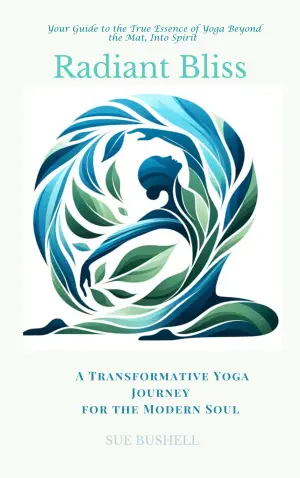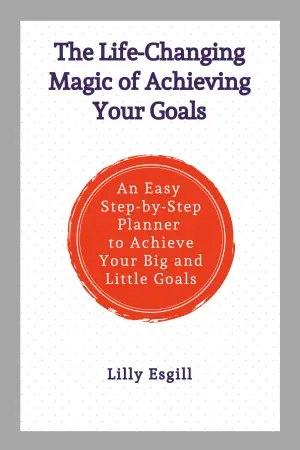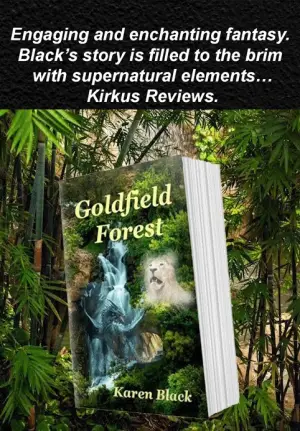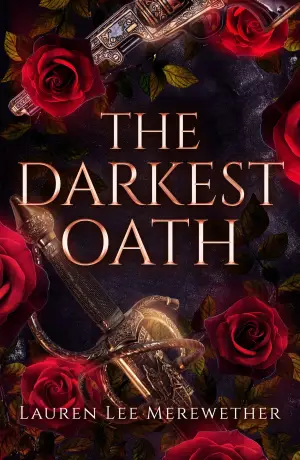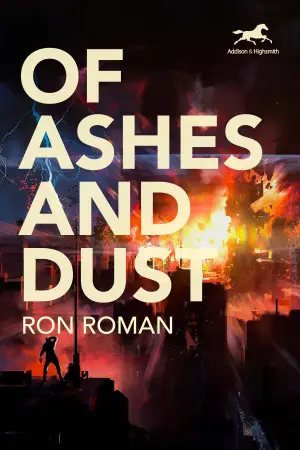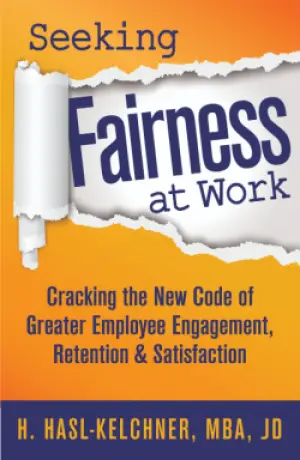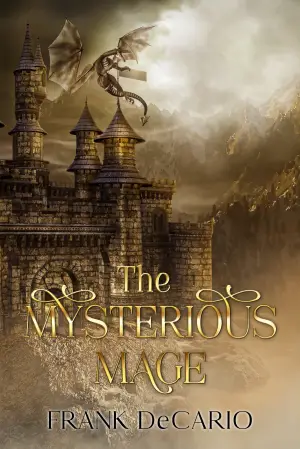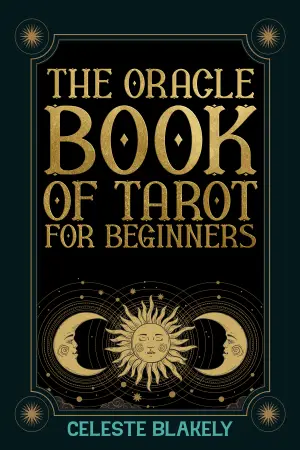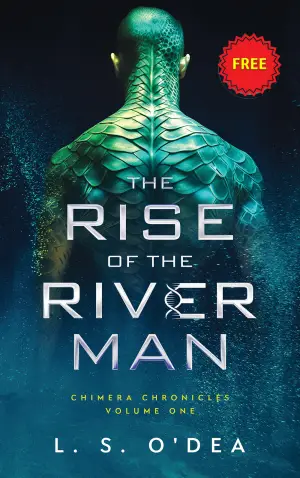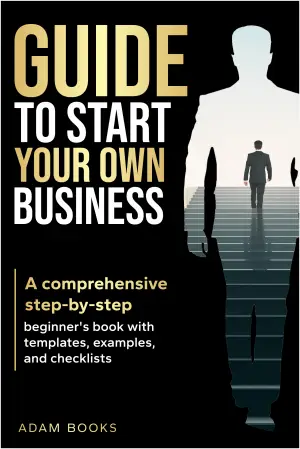A Messy Love Story: My Thoughts on Love, Theoretically by Ali Hazelwood
Before I dive into the chaos that is Love, Theoretically, let me just drop two words that capture this book’s essence: lesbians and STEM. Does that grab your attention? It certainly grabbed mine. Ali Hazelwood’s latest romp through academia is both endearing and maddening, filled with physics jokes and the delightful chaos we expect from her stories.
Settle in; it’s going to be a bumpy ride. The plot revolves around Elsie, an adjunct professor juggling her teaching duties while navigating the tricky world of academia. When she’s thrust into a fake dating scenario with Jack Smith—a charm-induced physicist whose reputation precedes him—the stage is set for delightful banter, misunderstandings, and some super-sized romantic tension. But let’s talk about Jack for a moment; I’ll admit, the relentless emphasis on his “big” physique was a tad excessive—12 mentions of the word “big,” just a bit too much, don’t you think?
Now, let’s transition to my favorite part—George and Dora. Seriously, can we get a book centered around their romance already? George is a physics powerhouse and Dora makes mouthwatering souvlaki. The chemistry between them left me longing for more. Their characters sprinkled in a bit of queer representation really brightened my mood and provided a refreshing dynamic in the narrative.
Hazelwood is no stranger to introducing complexity in her characters, and this time, Elsie’s evolution from people-pleaser to self-assured scholar was beautifully captured. I could relate to her journey of self-acceptance on some level, especially as Jack calls her out on her behavior, fostering genuine growth. One of my favorite quotes, “Not that there would be anything wrong: sex work is legitimate work…” felt like an earnest nod to respectability that fell out of place but was undeniably well-intended.
Now, let’s chat about the tonal messiness. While I enjoyed the academic humor, the story often felt more like a painting by a toddler—vibrant but chaotic, lacking a cohesive brushstroke. The recurring trope of miscommunication drove me nuts; seriously, how are these brilliant women in STEM missing obvious cues? They’re so intellectual, yet their emotional intelligence seemed non-existent at times.
Also, I have to say, the pop culture references left me cringing. Twilight as your favorite movie? C’mon, Elsie. I wish Hazelwood wouldn’t try so hard to be relatable when her characters are already phenomenal in their own contexts.
In closing, I can’t say that Love, Theoretically isn’t fun. For those who adore academically inclined romances bursting with humor and a sprinkle of drama, this book is for you. I found joy in the physics puns and appreciated the nuanced conversations about love and sexuality. As messy as it may be, it is that delightful mess that kept me turning the pages.
If you’re a fan of Ali Hazelwood, or perhaps just curious about the intersection of queer representation in STEM, grab your popcorn and dive in. Just remember: be ready for a big (but not too big) emotional whirlwind!

